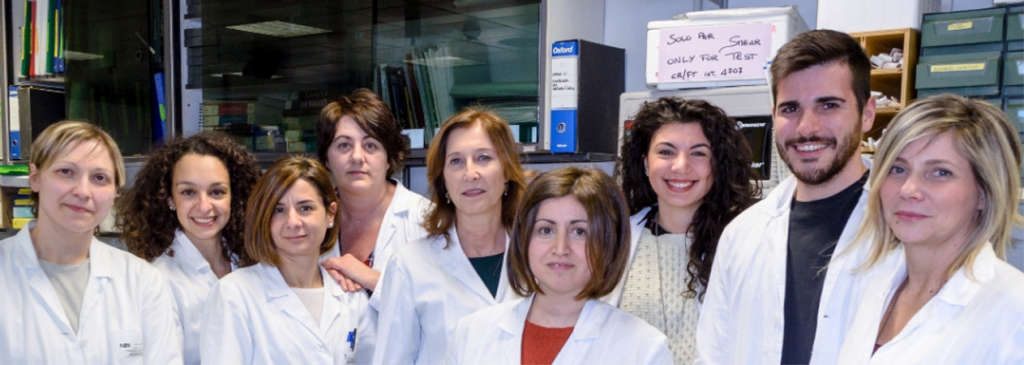Gene therapy, especially if administered early, could be an effective treatment strategy for beta thalassemia, a genetic disease that is quite common in Mediterranean countries, affecting over 7000 patients in Italy only.

This is the conclusion from the first clinical study of gene therapy in both adult and paediatric patients including young children, after ten years of hard work by the research group led by Giuliana Ferrari, professor at Università Vita Salute-San Raffaele, at the San Raffaele-Telethon Institute For Gene Therapy (SR-Tiget) in Milan and made possible by the strategic alliance between IRCCS San Raffaele Hospital, Fondazione Telethon and Orchard Therapeutics.
The study, published on Nature Medicine, was the result of the synergy between basic researchers and clinicians, and in collaboration with the Pediatric Immunohematology Unit headed by Alessandro Aiuti, the Hematology and Hematopoietic Stem Cell Transplantation Unit headed by Fabio Ciceri, and the Rare Disease Center of Policlinico headed by Maria Domenica Cappellini.
The study, with the clinical coordination of doctor Sarah Marktel, has involved other Italian centers specialized in thalassemia and the cooperation of patient organizations.Beta thalassemia is a genetic blood disorder caused by a mutation in the beta-globin gene, a fundamental protein composing haemoglobin required for red blood cells to work correctly, particularly in their oxygen transport and exchange ability. Over 300 mutations in this gene are known, which give rise to many different forms of beta thalassemia, with variable severity. The most damaging mutations cause the almost complete absence of the protein in the patient’s blood, causing them to rely on frequent blood transfusions to survive, with a drastic reduction of quality of life, or to require a bone marrow transplant from a compatible donor.
The study involved 9 patients of different age – 3 over thirty adults, 3 teenagers, and 3 children under the age of six – all with severe beta thalassemia, requiring blood transfusions. The researchers used a gene therapy technique similar to that used at SR-Tiget in the treatment of other rare blood disorders, including ADA-SCID (that became the first life-saving gene therapy treatment in the world to win approval), metachromatic leukodystrophy (MLD) and Wiskott-Aldrich Syndrome (WAS).
First, hematopoietic stem cells are harvested from the patient’s peripheral blood. To restore the proper function of these cells and the red blood cells they differentiate into, the researchers inserted a functioning copy of the beta-globin gene, using a so-called lentiviral vector: a virus belonging to the same family as HIV but deprived of its infective capacities and transformed into a tool for the transportation of the therapy. Finally, the corrected stem cells are re-infused into the patient’s bone, favouring their engraftment into the bone marrow.
Over one year later (adult patients were treated first, almost 3 years ago) the treatment provides encouraging evidence of being be safe and effective: 3 out of 4 younger patients with a long enough follow-up period to be evaluated don’t require blood transfusions at all, while the three adult patients now require significantly less transfusion.
Only one of the treated children did not show any positive effect on the progression of the disease and the researchers are now trying to find out why.«It’s the first time that gene therapy for beta thalassemia is used in paediatric patients. The results gathered until now provides encouraging evidence that not only that the therapy is safe, but even more effective in this context», Giuliana Ferrari explained. «Since the disease could progressively damage the patient’s bone marrow, intervening early gives better results». Besides age, another key factor is the efficiency of gene transfer: the ability of the viral vector of actually inserting successfully the therapeutic gene inside the patient’s cells. «In complex diseases like beta thalassemia this can play a key role, and this is why the development of innovative techniques, able to maximise vector efficiency, is one of our priorities», concluded Giuliana Ferrari.